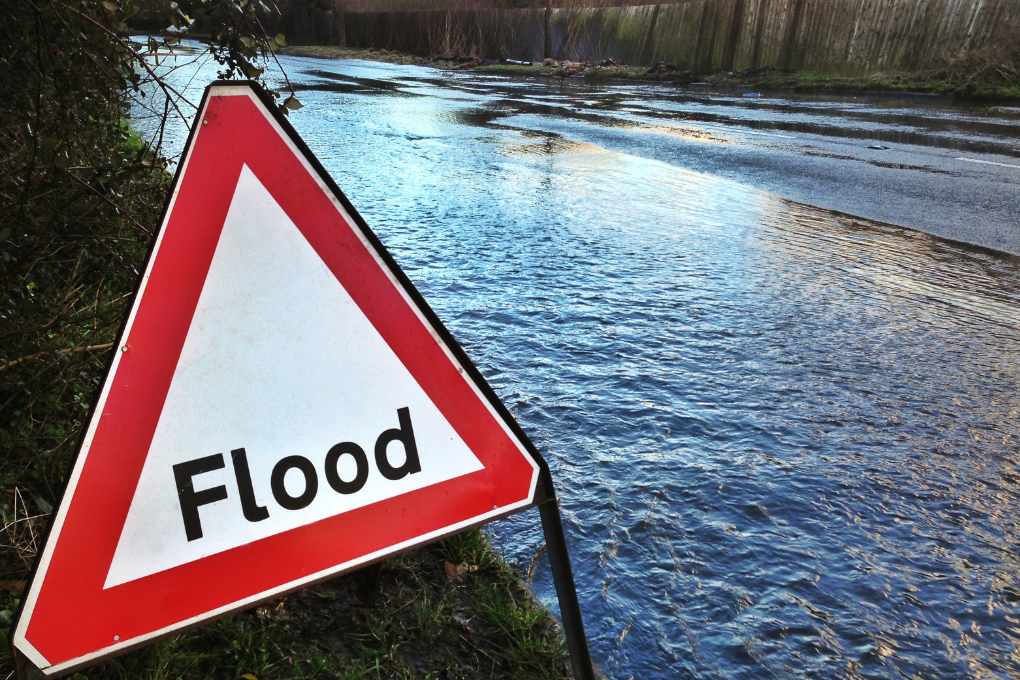NASA (National Aeronautics and Space Administration)

NASA is the United States government agency responsible for the nation’s civilian space program and for aeronautics and aerospace research. It was established in 1958 and has been at the forefront of space exploration ever since. Some of NASA’s most notable achievements include landing humans on the moon, launching the Hubble Space Telescope, and sending rovers to Mars.
In recent years, NASA has been focusing on Mars exploration with the successful landing of the Perseverance rover in 2021. The agency is also working towards sending humans to Mars in the near future.
With a budget of over $20 billion per year, NASA remains one of the world’s leading space agencies and continues to push the boundaries of space exploration.
ESA (European Space Agency)
The European Space Agency is an intergovernmental organization dedicated to the exploration of space. It was established in 1975 and has since become a key player in space research and exploration.
ESA has been involved in numerous missions, including the Rosetta mission, which successfully landed a probe on a comet, and the ExoMars mission, which aims to search for signs of life on the red planet.
With a diverse range of member states and a budget of over €6 billion, ESA continues to make significant contributions to the field of space exploration.
ISRO (Indian Space Research Organisation)
ISRO is the space agency of the Government of India, responsible for the country’s space program. It was founded in 1969 and has since grown to be one of the leading space agencies in the world.
Some of ISRO’s key achievements include the Mars Orbiter Mission, which made India the first Asian nation to reach Mars, and the Chandrayaan mission, which discovered water molecules on the moon.
With a budget of over $1 billion per year, ISRO continues to expand its capabilities and make significant strides in space exploration.
Roscosmos (Russian Federal Space Agency)
Roscosmos is the governmental body responsible for the space science program of the Russian Federation and general aerospace research. It was founded in 1992 and is a successor to the Soviet space program.
Roscosmos has a long history of space exploration, with achievements such as launching the first human into space, Yuri Gagarin, and building and operating the International Space Station in partnership with other space agencies.
Despite facing funding and technical challenges, Roscosmos continues to be a key player in the global space exploration community.
CSA (Canadian Space Agency)
The Canadian Space Agency is the national agency of Canada dedicated to space research and exploration. It was established in 1989 and has since been involved in numerous international space missions.

CSA’s most notable achievements include the Canadarm, a robotic arm used on the Space Shuttle and International Space Station, and the RADARSAT satellites, which provide valuable data for environmental monitoring and disaster management.
With a budget of over $300 million per year, CSA continues to make significant contributions to space exploration and technology development.
SpaceX
SpaceX is a private aerospace manufacturer and space transportation company founded by Elon Musk in 2002. It has quickly become a major player in the space industry, with a focus on reducing the cost of space travel and making it more accessible.
SpaceX’s most notable achievements include the development of the Falcon 9 rocket, which has become a workhorse for satellite launches, and the Crew Dragon spacecraft, which is used to transport astronauts to the International Space Station.
With ambitious plans for Mars colonization and commercial space tourism, SpaceX is reshaping the future of space exploration.
JAXA (Japan Aerospace Exploration Agency)
JAXA is the Japanese national aerospace and space agency, responsible for research, development, and launch of satellites into orbit and space exploration missions. It was established in 2003 and has since become a key player in the global space community.
JAXA’s most notable achievements include the Hayabusa missions, which successfully returned samples from an asteroid, and the Kibo module on the International Space Station, which provides a platform for scientific research in space.
With a budget of over $2 billion per year, JAXA continues to push the boundaries of space exploration and innovation.
ROSCOSMOS (Russian Federal Space Agency)
ROSCOSMOS is the governmental body responsible for the space science program of the Russian Federation and general aerospace research. It was founded in 1992 and is a successor to the Soviet space program.
ROSCOSMOS has a long history of space exploration, with achievements such as launching the first human into space, Yuri Gagarin, and building and operating the International Space Station in partnership with other space agencies.
Despite facing funding and technical challenges, ROSCOSMOS continues to be a key player in the global space exploration community.
UKSA (United Kingdom Space Agency)
The United Kingdom Space Agency is the national agency of the United Kingdom dedicated to space research and exploration. It was established in 2010 and has since been involved in numerous international space missions.
UKSA’s most notable achievements include the development of telecommunications satellites and contributions to the European Space Agency’s missions, such as the ExoMars rover.
With a budget of over £400 million per year, UKSA continues to make significant contributions to space exploration and technology development.

ASAL (Algerian Space Agency)
The Algerian Space Agency is the national agency of Algeria dedicated to space research and exploration. It was established in 2002 and has since been involved in developing satellite technology for telecommunications and remote sensing.
ASAL’s most notable achievements include the launch of the AlSat-1 satellite, which provides valuable Earth observation data for disaster management and environmental monitoring.
With a budget of over $50 million per year, ASAL continues to make strides in satellite technology and space research.






























